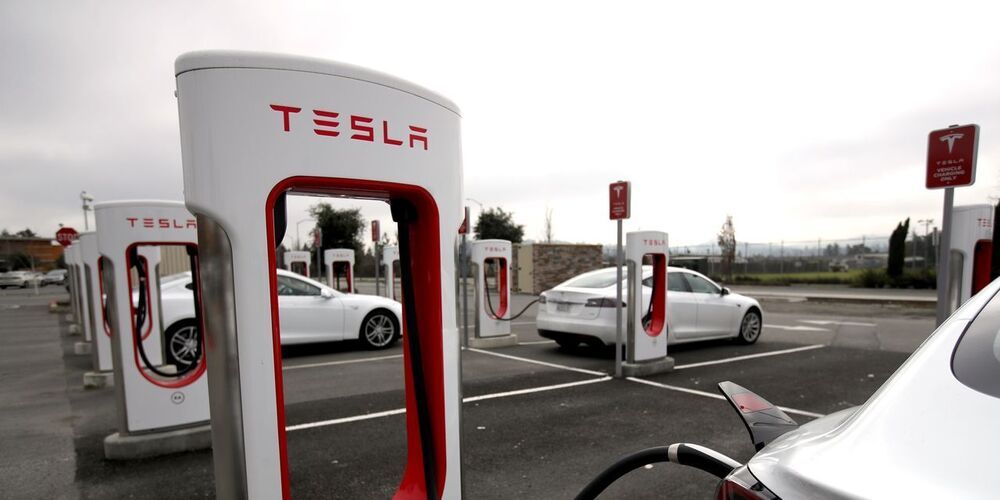Nature always finds a way…so they say! But it looks like it may actually be true in the case of our global plastic waste dilemma. Genetic mutations have been discovered in specific natural bacteria that enable them to break the polymer chains of certain plastics. Where have we found these bacteria? Well…in plastic recycling dumps of course. So, gloves and masks on everyone. We’re going in!
Video Transcripts available at our website.
http://www.justhaveathink.com.
Help support this channels independence at http://www.patreon.com/justhaveathink.
Or with a donation via Paypal by clicking here.
https://www.paypal.com/cgi-bin/webscr?cmd=_s-xclick&hosted_b…source=url.
You can also help keep my brain ticking over during the long hours of research and editing via the nice folks at BuyMeACoffee.com.
https://www.buymeacoffee.com/justhaveathink.
Download the Just Have a Think App from the AppStore or Google Play.




